GMR Group to give INR 5000 crore funding to Bhogapuram Airport in Andhra Pradesh
Radhika Bansal
04 Mar 2023
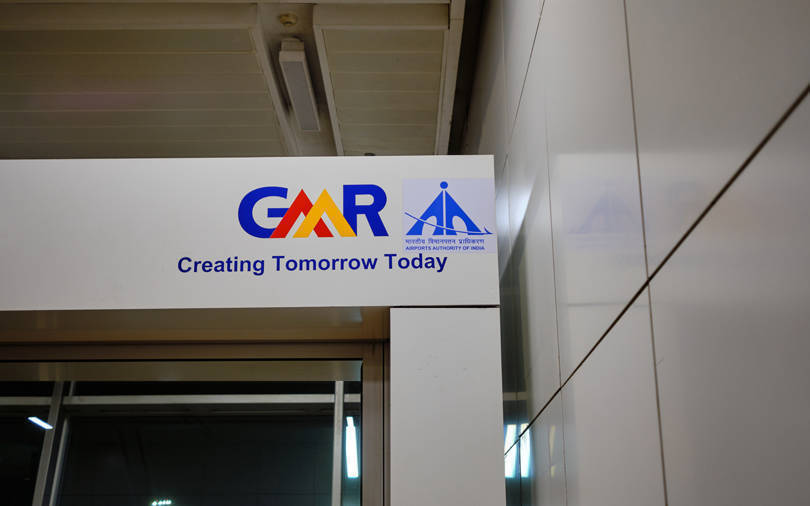
The GMR Group which is in the process of developing an international airport at Bhogapuram near here will be investing Rs 5,000 crore in the aerodrome in the first phase.
Speaking at the inaugural session of the Global Investors Summit 2023 being held here, GM Rao, chairman of GMR Group said the first phase of the airport will be developed to serve six million passengers per annum.
"We will be developing Bhogapuram Airport with the first phase serving six million passengers and an ultimate capacity of 40 million passengers (per annum). The first phase investment will be to the tune of INR 5,000 crore," Rao said.
ALSO READ - Andhra Pradesh’s Bhogapuram Airport to have an investment of over INR 2,500 crore
GMR Group to give INR 5000 crore funding to Bhogapuram Airport in Andhra Pradesh
The airport will have state-of-the-art cargo facilities that will cater to exports and an aerotropolis and airport city around the airport that will consist of an industrial zone, airspace zone and education and healthcare zones, he said.
Rao further said the airport would replicate the success of Hyderabad aerodrome which will help in the transformation of Visakhapatnam city and also place the state on the global map as the most preferred investment destination.
The airport is expected to play a significant role in the region’s economic growth, with the potential to create numerous job opportunities. It will also improve connectivity between Visakhapatnam and other parts of India and attract more tourists to the region.
The GMR Group is the concessioner for developing Bhogapuram Airport near Visakhapatnam. The land acquisition for the new airport has been completed and work is likely to be commenced soon.
In September 2022, Indian Navy officials have agreed to move the Visakhapatnam Airport to Bhogapuram. Regarding this, Indian Navy and Andhra Pradesh Airports Development Corporation Limited (APADCL) officials have signed an MOU in New Delhi.
ALSO READ – New Visakhapatnam International Airport project to take off soon
The airport's construction was expected to start by the end of 2022 and is expected to be completed by December 2024. Upon completion of Phase 1, the terminal handling capacity is expected to be 6.3 million passengers per year and will rise to 18 million passengers per year upon completion of Phase 2.
Read next
India in talks to produce small aircraft domestically with Embraer & Sukhoi
Radhika Bansal
04 Mar 2023
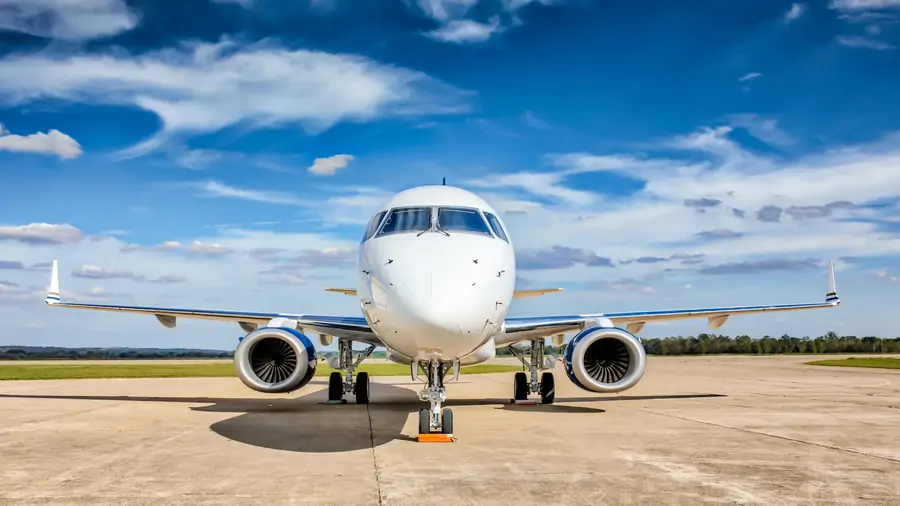
India is seeking to collaborate with international aircraft manufacturers, such as Embraer and Russia's Sukhoi, to produce small planes locally to boost connectivity in remote and small towns, according to a report by Bloomberg.
According to the report, sources who asked not to be named because the discussions are still in their early stages, the government will maintain a 51% equity stake in an Indian company while asking the foreign partner to share technology. The planes, which normally hold less than 100 passengers, are most likely to be made in Gujarat, the home state of Prime Minister Narendra Modi.
Although airports with limited capacity and short runways are ill-equipped to handle the narrow-body planes of Airbus and Boeing that dominate the Indian sky, the world's fastest-growing aviation industry is attempting to expand its small-plane fleet. This would aid the government in promoting tourism and facilitating quicker access to isolated regions in the 1.4 billion-strong South Asian nation, whose population is recently thought to have surpassed that of China.
India in talks to produce small aircraft domestically with Embraer & Sukhoi
Smaller planes may be more cost-effective for airlines since they may fill a greater proportion of all seats, as required by India, which demands that airlines fly at least 10% of their capacity on remote routes, such as Kashmir and the Northeast bordering China.
ALSO READ - De Havilland aims to win 80% of India’s small-plane market
According to Airbus, India would require 2,210 aircraft by 2040, with smaller jets accounting for 80% of those needed. The nation has attracted the attention of international turboprop manufacturers, and De Havilland Aircraft intends to take 80% of the market for tiny aircraft with fewer than 20 passengers.
According to the sources talking to Bloomberg, Sukhoi has shown interest in producing regional jets locally while India has finished preliminary negotiations with Embraer. The nation has also contacted ATR, an Italian joint venture between Airbus and Leonardo SpA, to produce in India, they claimed.
Embraer said India has "huge opportunities" for regional planes and the manufacturer "continuously looks for ways to partner with India to develop win-win solutions".
The mainstay of regional flights in India is the ATR small plane, of which 39 are flown by IndiGo, the leading airline in the country. SpiceJet operates rival De Havilland's Dash-8 Q400 turboprops, which have 78 to 90 seats. The 19-seater Dornier 228 aircraft used by the armed forces and Alliance Air are already produced by state-owned Hindustan Aeronautics Ltd.
The strategy is crucial to Modi's efforts to encourage manufacturing, increase economic productivity, and generate employment. By providing subsidies to airlines, the government is enhancing last-mile connectivity and lowering the cost of air travel.
India has set aside 45 billion rupees (USD 545 million) as part of a regional connectivity programme to build 100 underserved airports, heliports, and water aerodromes as well as to establish 1,000 new routes by the end of the year.
(With Inputs from Bloomberg)
Read next
IndiGo reportedly in talks with both Boeing & Airbus for around 500 aircraft
Radhika Bansal
04 Mar 2023
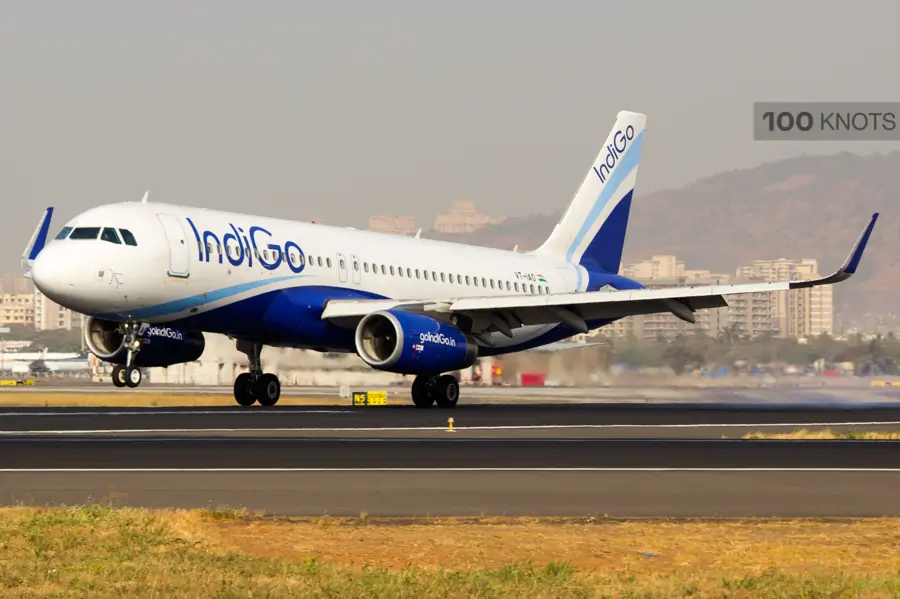
Indian budget carrier IndiGo is in talks with both Boeing and its current supplier Airbus to order more than 500 passenger jets, potentially smashing an industry record set by domestic rival Air India a few weeks ago, industry sources said.
India's largest airline has until now been an exclusive buyer of narrow-body jets from Airbus and French Finance Minister Bruno Le Maire said last month that IndiGo was close to ordering several hundred planes from the European planemaker.
But negotiations to keep renewing the budget carrier's fleet from the end of the decade have also broadened to include mid-sized wide-body jets, sparking a contest between Boeing's B787 Dreamliner and the upgraded Airbus A330neo, the sources said.
IndiGo reportedly in talks with both Boeing & Airbus for around 500 aircraft
IndiGo, owned by InterGlobe Aviation Ltd, is also comparing the A320neo with the Boeing 737 MAX as it weighs a major new order for narrow-body jets, they added. The split between wide- and narrow-body jets was not immediately clear.
An IndiGo representative told Reuters the airline is constantly in talks with manufacturers as it plans its next phase of growth. "However, we haven't finalised anything till now." Airbus declined to comment on any talks, saying it is "always in contact with existing and potential customers". Boeing had no immediate comment.
IndiGo, which counts a 55% share of the domestic market, is widely expected to maintain Airbus as its supplier of narrow-body jets to squeeze out further economies of scale. It is already one of Airbus's largest customers and has so far ordered a total of 830 Airbus A320-family jets of which 488 are still to be delivered.
But Indian analysts say Airbus will face a tougher fight for the wide-body order. In a departure from its single-aisle strategy, IndiGo last month began international operations with a Boeing 777, its first wide-body aircraft, taken from codeshare partner Turkish Airlines, which provides the pilots.
Efforts by Indian carriers to keep pace with the world's fastest-growing aviation market, serving what is soon to become the largest population, have sent industry records tumbling even though manufacturers are struggling to meet output goals.
Tata-owned Air India last month sealed deals for a record 470 jets from Airbus and Boeing and plans to lease another 25 for immediate needs, bringing the acquisition to 495 aircraft.
The head of the budget airline Akasa Air told Reuters last month it would place a "substantially" large order for new narrowbody jets this year on top of an existing Boeing 737 MAX order.
Industry publication CAPA reported last month that IndiGo was looking at around 500 jets as Air India closed its own deal.
Indian aviation has been hobbled in the past by airline failures, weak infrastructure and questions over the rights of foreign leasing companies that step in to finance the sales.
While analysts have warned the market could overheat again, Dublin-based Avolon, one of the largest lessors, has said consolidation and airport upgrades have improved the outlook and India is set to remain a major source of growth.
IndiGo began operations in 2006 and flies to more than 75 Indian cities including remote destinations in the country's northeast. It also flies internationally to nearby places including Dubai, Singapore, Hanoi and Maldives and is expanding into Europe through its partnership with Turkish Airlines.
(With Inputs from Reuters)
Read next
Virgin Galactic, the space tourism company founded by billionaire entrepreneur Richard Branson, has completed upgrades to its spacecraft, the VSS Unity, and plans to resume commercial service in the second quarter of 2023.
The company's VSS Unity, which completed its third crewed spaceflight in July 2021, has undergone a series of upgrades to improve its performance and enhance the customer experience.
These upgrades are expected to enable Virgin Galactic to offer a more thrilling and memorable space tourism experience for its customers.
Virgin Galactic finishes lengthy spacecraft upgrades, plans Q2 commercial service.
However, the company has remained committed to its goal of making space tourism accessible to the general public.
Virgin Galactic is targeting monthly commercial missions after the Italian Air Force flight, a long-awaited cadence to handle the company's some 800 customers in line to fly.
The company in February re-opened ticket sales to the public for spacecraft flights, setting prices at USD 450,000 per person with an initial deposit of USD 150,000. Each flight in space, over 50 miles (80 km) above ground, lasts roughly 10 minutes in microgravity, with VSS Unity launching mid-air from the center of its VMS Eve carrier plane. The spacecraft glides back for a landing much like commercial airliners.
Virgin Galactic's resumption of commercial service in the second quarter of 2023 is a significant milestone for the company and the space tourism industry as a whole. It will enable more people to experience the thrill of spaceflight and could pave the way for other companies to enter the market.
The company is planning "two or three" verification flights before its first commercial mission.
However, the space tourism industry still faces several challenges, including safety concerns and the high cost of spaceflight. It remains to be seen how successful Virgin Galactic and other companies in the industry will be in addressing these challenges and making space tourism a sustainable and viable business.
Virgin Galactic's completion of upgrades to its VSS Unity spacecraft and plans to resume commercial service in the second quarter of 2023 is an exciting development for the space tourism industry. It represents a significant step forward in making space tourism accessible to the general public and could pave the way for other companies to enter the market. However, the industry still faces several challenges, and it will be interesting to see how it evolves over the coming years.
Read next
Lucknow Airport, also known as Chaudhary Charan Singh International Airport (CCSIA), will soon get a massive upgrade. The Adani Group plans to invest up to INR 5,000 crore to upgrade the same.
According to official sources, Lucknow International Airport Ltd (LIAL) has sought a tariff hike to fund, among other things, a large integrated terminal and associated facilities to increase aircraft movement.
The combined passenger handling capacity of the existing two terminals is 43 lakh flyers per annum while they are handling 55 lakh flyers now, or 28% more than their built capacity.
ALSO READ - Lucknow’s CCSIA Strengthens Airport infrastructure
"Phase-1 of the new integrated terminal 3 (T3) with a capacity of handling 80 lakh passengers per annum should be ready by this October. Then in another year, phase-II should be ready with an additional capacity of 50 lakh passengers per annum, taking T3's total capacity to 1.3 crores," said the official. The key features of T3 will include e-gates, self-baggage drop counters and new lounges.
Lucknow Airport to get an INR 5000 crore upgrade
"The proposed increase in user development fees is being compared with existing UDF rates of Lucknow International Airport while there is a huge gap between the proposed and existing infrastructure. The proposed UDF rates at Lucknow Airport are in line with other major airports with similar infrastructure," a CCSIA spokesperson said.
ALSO READ - Centre plans a 30% hike in charges for small airports
There will be a "super app" to boost digital travel with ease. T3 will have dedicated OLA, Uber and taxi pick-up and drop-off zones. Sources say LIAL has environmental clearance to take capacity up to almost 4 crore flyers per annum given the potential of the place.
"Uttar Pradesh is one of the fastest growing states and moving towards a USD 1 trillion economy. As the capital, Lucknow is the centre for all business activities in the state, our endeavour for the proposed infrastructural development at CCSIA is to establish a viable and sustainable business ecosystem, enhance the airport's catchment area, creation of airport infrastructure the projected traffic, ensuring safe and efficient airport operations along with a brand promise of being a pleasant experience for our passengers at Lucknow," he said.
A majority of the capital expenditure projects are related to the development of airside and terminal capacity matching with projected exponential passenger growth at CCSIA.
LIAL will also enhance the green cover of the area by planting 1.5 lakh saplings. T3 will have over a lakh decorative planters and indoor plants. Lucknow International Airport (LIAL) has the environmental clearance (EC) to increase capacity up to almost four crore flyers per annum.
Read next
Lufthansa orders 22 new long-haul aircraft from Boeing & Airbus for USD 7.5 billion
Radhika Bansal
03 Mar 2023
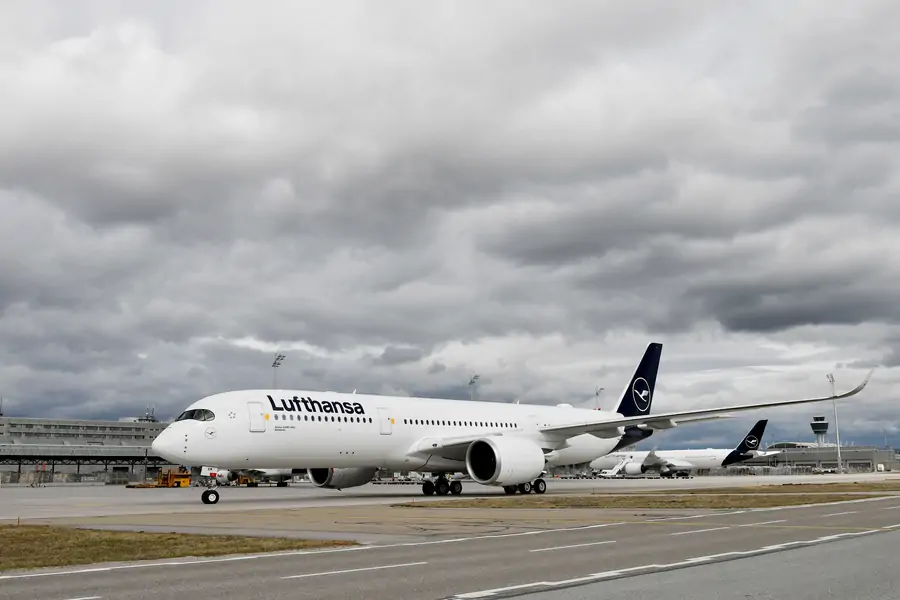
Lufthansa Group has placed a USD 7.5 billion order for 22 new long-haul aircraft from Boeing and Airbus. The group announced that the order consisted of 10 Airbus A350-1000s, a first for the German airline, which becomes the 60th operator of the type, five A350-900s and seven Boeing 787-9s.
With this order, Lufthansa moves forward with its widebody fleet renewal process, which will see the oldest aircraft in the fleet, the four-engined Boeing 747-400s and Airbus A340s (both the –300 and –600 version) being progressively taken out of service over the coming years. The aircraft will be replaced by these cleaner and more efficient twin-engine aircraft types.
ALSO READ - Lufthansa to reactivate stored Airbus A340 due to anticipated demand for air travel
The new aircraft will be delivered in the mid-2020s, although Lufthansa is also considering additional opportunities to add capacity to its long-haul fleet before then.
What is certain is that the aircraft included in this order will all be equipped with the new Allegris long-haul cabin, which was presented at an event in Berlin on February 28, 2023. The new long-haul cabins, as well as the induction into the fleet of state-of-the-art aircraft, are part of Lufthansa’s ambition to position itself as one of the world’s premium airlines.
The Group’s CEO, Carsten Spohr, also highlighted in a statement that the new aircraft would play a key role in helping the airline to achieve its carbon emission reduction goals by 2030. Prior to the COVID-19 pandemic, half of Lufthansa’s long-haul fleet was comprised of four-engined jets. This figure is set to drop to under 15%.
"The aircraft order means that Lufthansa has secured more than 50 latest-generation long-haul aircraft for its member airlines since the pandemic began. They "will also play a decisive role in helping us achieve our carbon emission reduction goals by 2030 as fuel-efficient aircraft which incorporate the latest manufacturing technology are by far the greatest lever for providing more climate protection within the aviation sector."
Carsten Spohr, CEO, Lufthansa
With the additional 22 aircraft, the German flag carrier’s order book now totals 108 widebody aircraft awaiting delivery. The number increases to 200 if we also include orders for Airbus A320neo narrowbody family aircraft.
(With Inputs from AeroTime Hub)


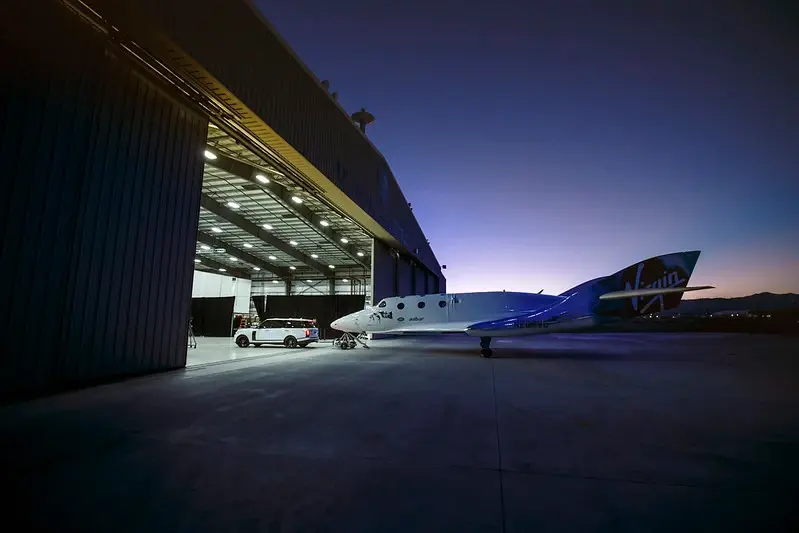
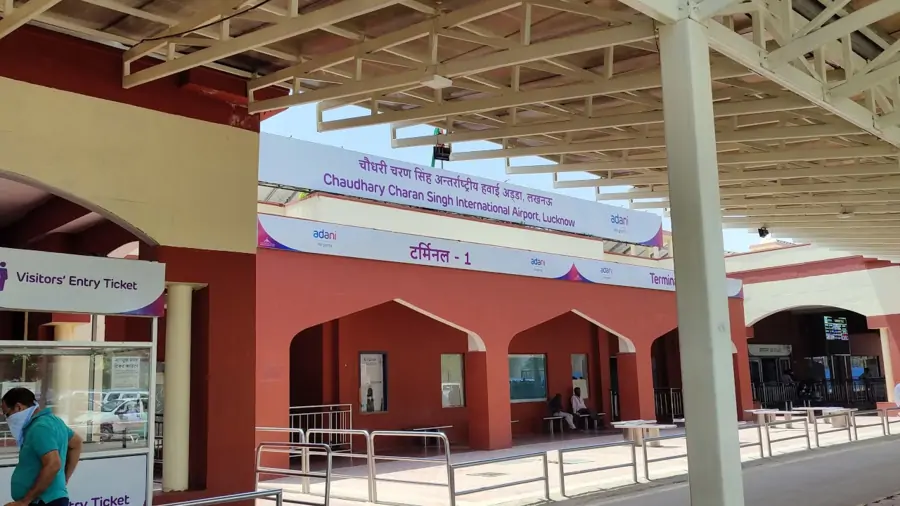
Comment